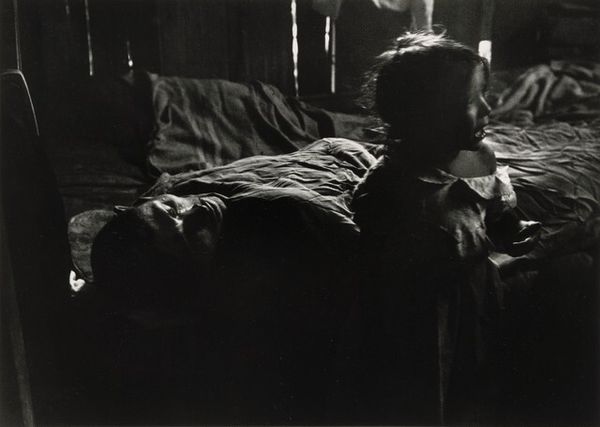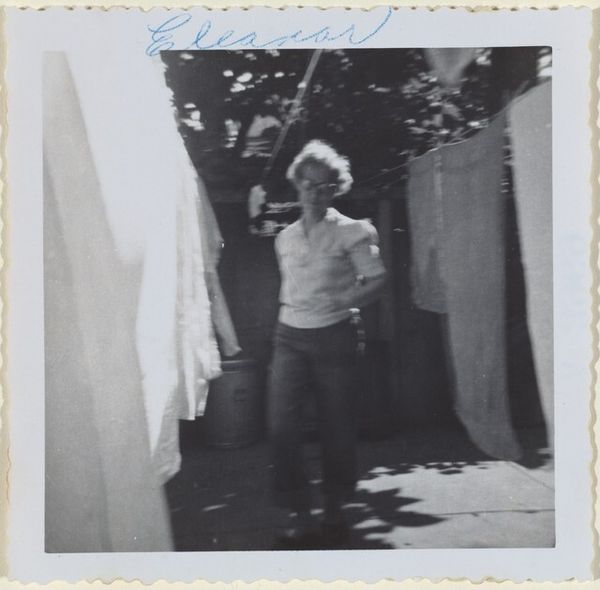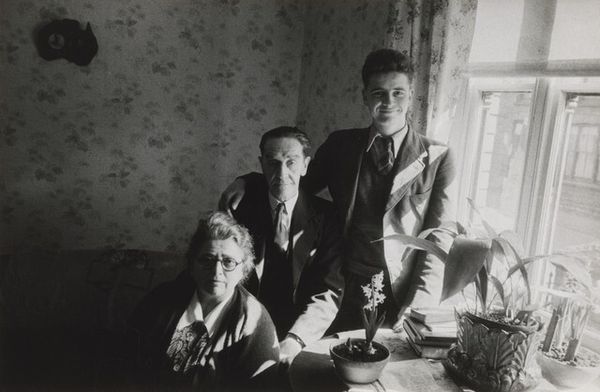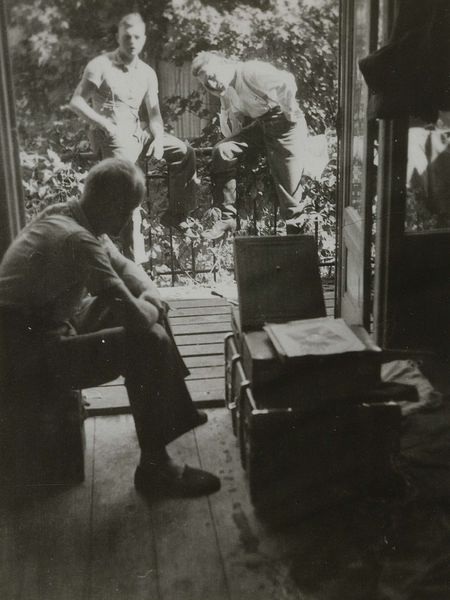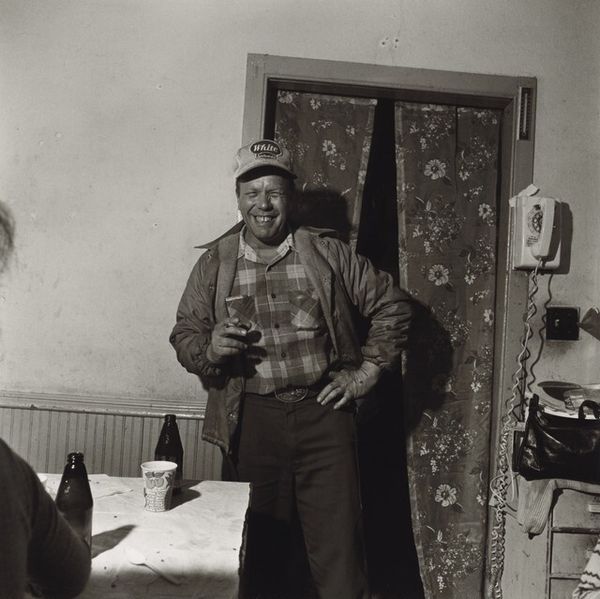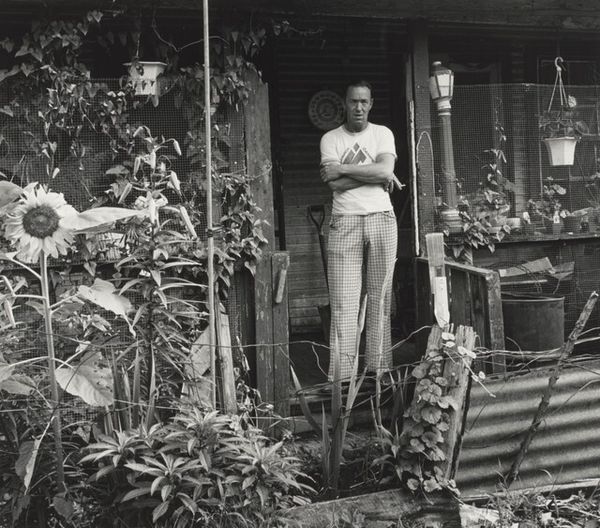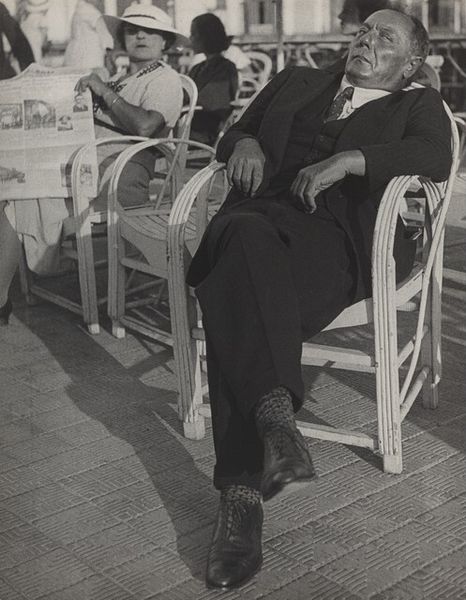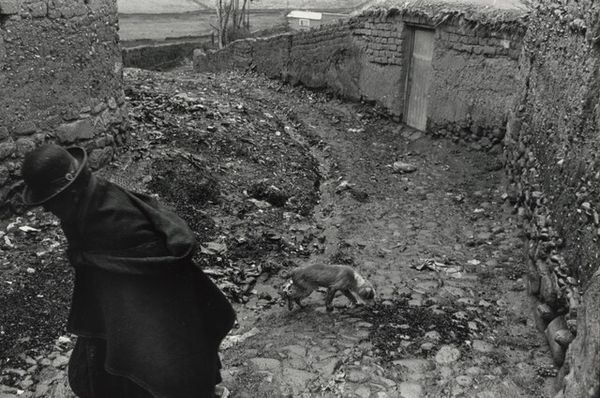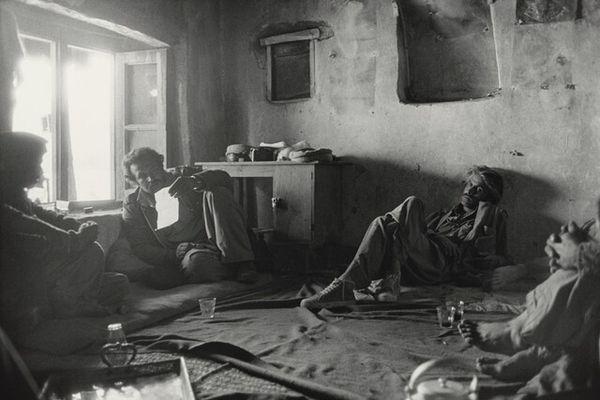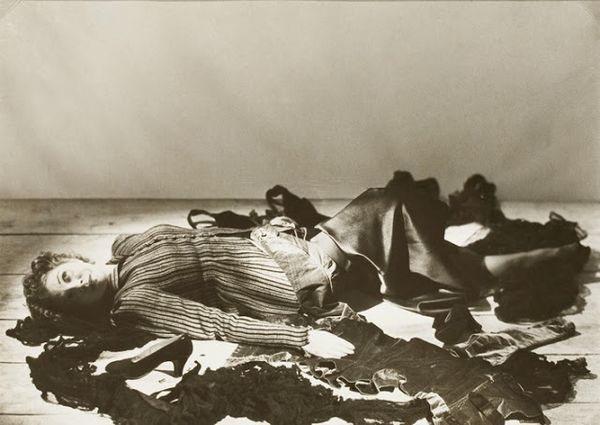
photography
#
portrait
#
black and white photography
#
outdoor photograph
#
street-photography
#
photography
#
monochrome photography
#
street photography
#
realism
Dimensions: image: 19.7 × 13.4 cm (7 3/4 × 5 1/4 in.) sheet: 35.5 × 28 cm (14 × 11 in.)
Copyright: National Gallery of Art: CC0 1.0
Curator: Look at this striking image, “Couple Arguing, Coney Island, N.Y.C.” captured by Diane Arbus sometime after 1960. It’s a black and white photograph that exudes a very specific kind of tension. Editor: Immediately I’m drawn to the strained expressions. There's a visible discord. I can almost hear the elevated voices amidst the implied crowds of Coney Island. Curator: Arbus was deeply interested in representing often unseen realities, particularly those navigating the fringes of society. Thinking of her as an activist, how might this picture shed light on gender roles of the period, or power dynamics within a relationship? Editor: Considering that this photo was taken during the 1960s, it likely speaks to evolving gender expectations and perhaps frustrations felt on both sides. The woman seems to be directing her words towards the man, who looks away, holding a cigarette. He physically turns away and yet still maintains a silent composure expected of a man from that generation, seemingly shutting down any possibility of meeting the woman halfway through confrontation. Curator: That dynamic resonates within a broader context. The socio-economic landscape of post-war America shaped relationships. Coney Island was also a haven of entertainment for working class people from the surrounding metropolitan area, it played a public role as well where individuals could feel freedom. So how does seeing this tense, private exchange occurring in this type of location impact our reading of it? Editor: This setting exposes something vulnerable. Their personal drama unfolds within this very public recreational space, it makes one reflect on how socio-cultural expectations impact us on even our most intimate level, even our conflicts. How the performativity expected in public space versus the intimacy sought after for one's personal life intersect and challenge each other. Curator: What’s really unsettling is her gaze. It’s direct and challenging, there’s frustration. I read something similar through her use of composition, she invites this uncomfortable sense that we're intrusive in an emotional private experience, demanding us to reckon with something more than entertainment, the harsh truths and challenges in the average relationship. Editor: This resonates strongly, her art urges introspection. The photograph becomes more than just an image.
Comments
No comments
Be the first to comment and join the conversation on the ultimate creative platform.
